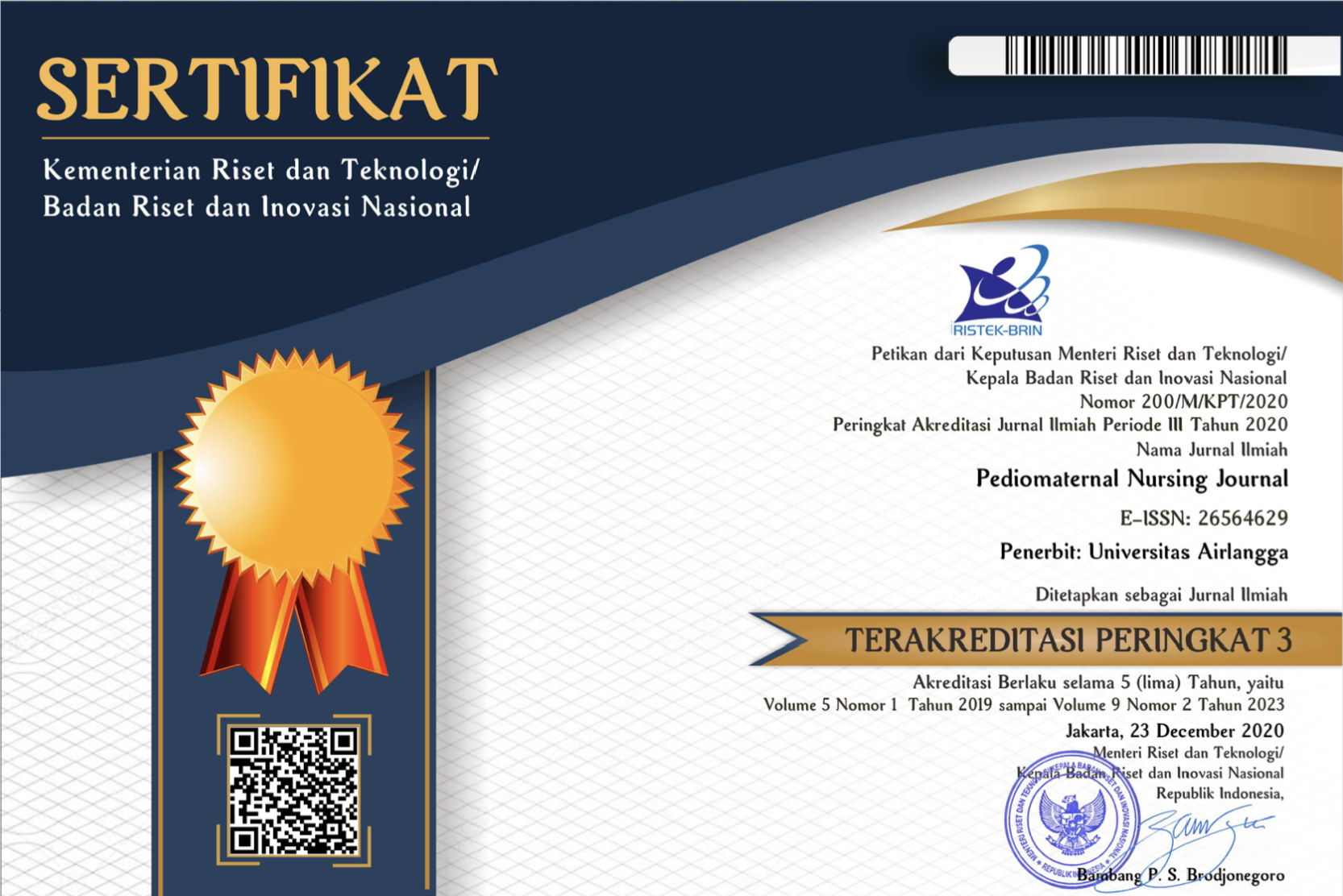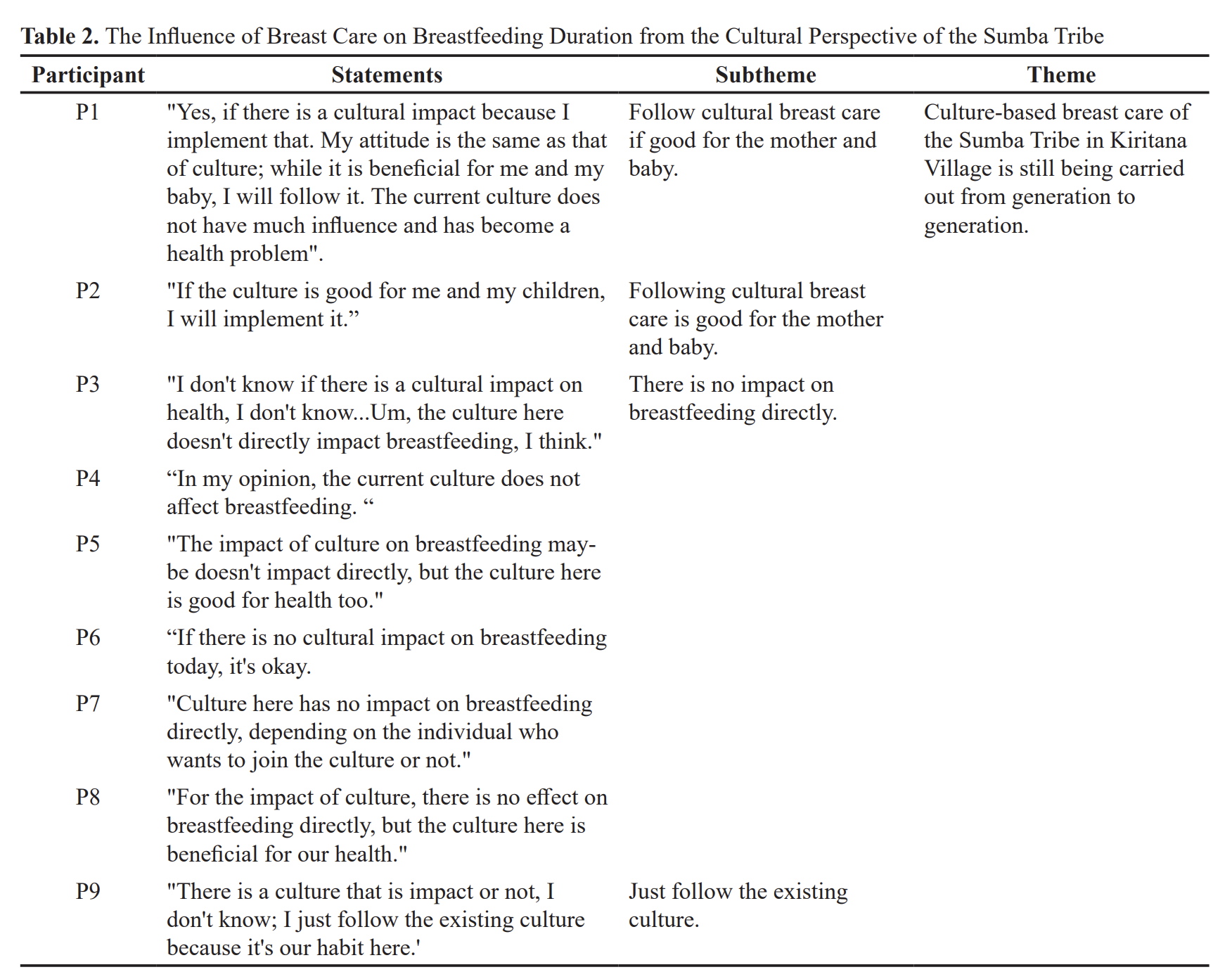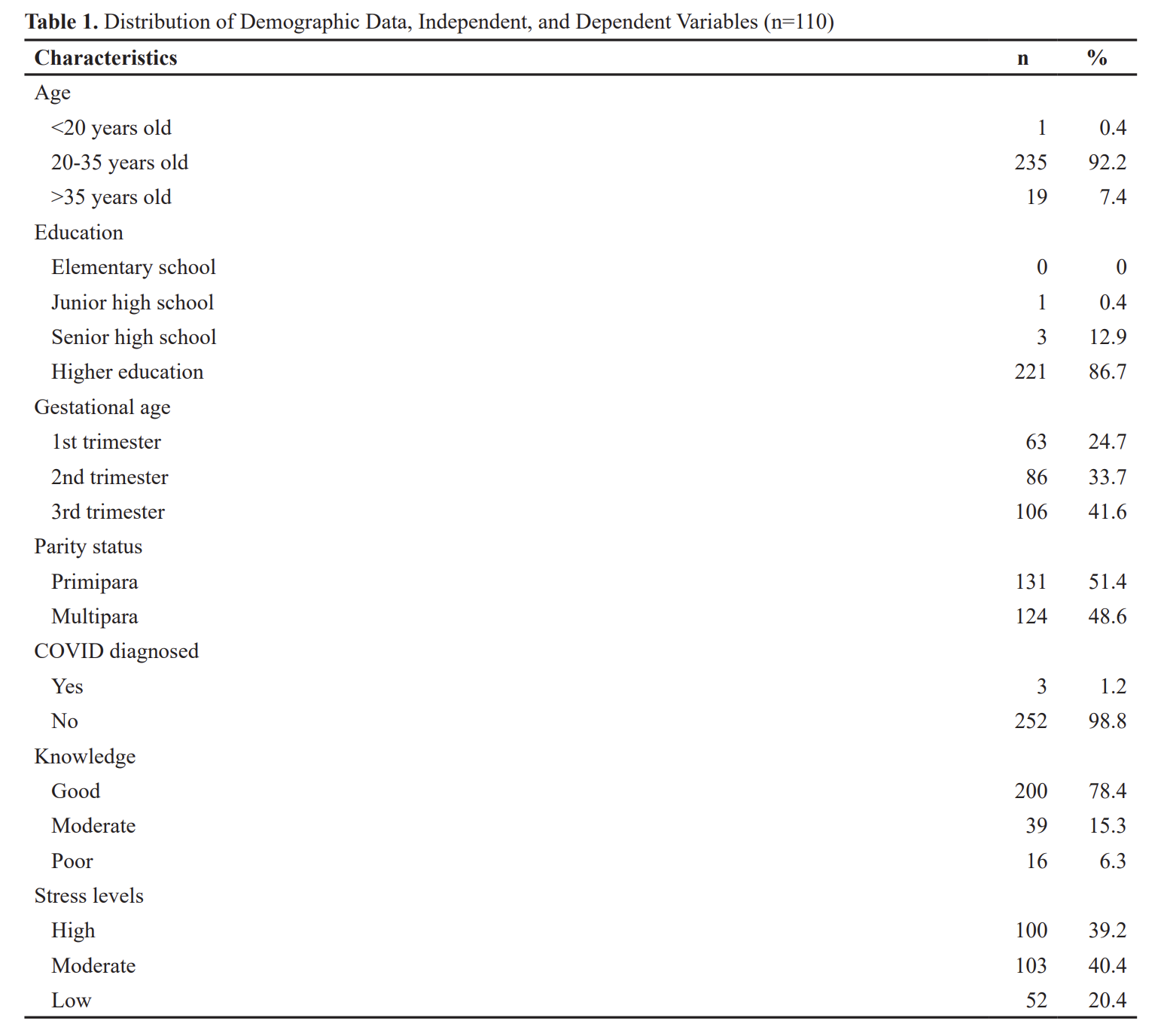Determinant of Behavior of Contraception Selection in Early Marriage Young Mother
Downloads
Introduction: Early marriage is a serious problem in Indonesia. It is the beginning of reproductive health problems. This study aimed to explain the factors related to contraceptive selection behavior in young mothers who married early in Surabaya.
Methods: Descriptive correlative with Cross-Sectional approach. The independent variables were attitudes, subjective norms, and perceptions of behavioral control, dependents were the intention, and contraceptive selection behavior. The population was young mothers (<20 years) who married early in Kecamatan Semampir and Tambaksari Surabaya. The total sample was 102 respondents. The inclusion criteria were young mothers (<20 years), well verbal communicated and writing, and live with their husbands. Data were collected using a modified questionnaire from Ajzen Theory and analyzed using statistical tests Spearman's rho with significance level ≤ 0.05.
Results: Result showed that (p = 0.000 r ≥ 0.650) Ajzen theory correlate with the intention to choose contraception and intention towards contraceptive selection behavior.
Conclusion: The more positive the attitude, the better the intention of using contraception. Subjective norms and perceptions of good behavior control lead to good intentions in choosing contraception. Good intentions lead to good behavior in using contraception. It is expected that young mothers who married early with a positive attitude, subjective norms, perceptions of behavioral control, and good intentions can have a positive influence on the other young mothers by sharing insights and experiences regarding contraception.
Ajzen, I. (2004) ‘Theory of reasoned action.', in Encyclopedia of psychology, Vol. 8. doi: 10.1037/10523-026.
Badan Pusat Statistik, B. K. dan K. B. and kementerian kesehatan, U. (2017) ‘Survei Demografi Kesehatan Indonesia', Bkkbn.
BKKBN (2015) Rencana Strategis Badan Kependudukan Dan Keluarga Berencana Nasional Tahun 2015-2019, Badan Kependudukan dan Keluarga Berencana Nasional. doi: 10.1017/CBO9781107415324.004.
BKKBN (2017) ‘Survei Demografi Dan Kesehatan : Kesehatan Reproduksi Remaja 2017', Badan Kependudukan dan Keluarga Berencana Nasional.
BKKBN (2018) Laporan Akuntabilitas Kinerj Instansi Pemerintah Tahun 2017, BKKBN. doi: 10.1002/ardp.19763090505.
BPS & UNICEF (2016) Kemajuan yang Tertunda : Analisis Data Perkawinan Usia Anak di Indonesia, Unicef Indonesia.
Cavalli, L. and Klobas, J. (2013) ‘How Expected Life and Partner Satisfaction Affect Women's Fertility Outcomes: The Role of Uncertainty in Intentions', Population Review.
Craig, A. D. et al. (2014) ‘Exploring young adults' contraceptive knowledge and attitudes: Disparities by race/ethnicity and age', Women's Health Issues. Jacobs Institute of Women's Health, 24(3), pp. e281–e289. doi: 10.1016/j.whi.2014.02.003.
DPPKB (2015) Banyak Pernikahan Usia Dini di Jawa timur, Ini Pemicunya.
Eliason, S. et al. (2014) ‘Determinants of modern family planning use among women of reproductive age in the Nkwanta district of Ghana: A case-control study', Reproductive Health. doi: 10.1186/1742-4755-11-65.
Hasan, I. (2006) Analisis Data Penelitian dengan Statistik. Jakarta: Bumi Aksara.
Icek Ajzen (2005) ‘Ajzeni-2005-attitudes-personality-and-behaviour-2nd-ed-open-university-press.pdf', International Journal of Strategic Innovative Marketing.
Isma, G. . (2013) ‘Faktor – Faktor Yang Berhubungan Dengan Perilaku Pemilihan Jenis Kontrasepsi Hormonal Di Desa Kemurang Wetan Kecamatan Tanjung Kabupaten Brebes Tahun 2013', Kesehatan.
James-Hawkins, L. and Broaddus, M. (2016) ‘The association of attitudes about contraceptives with contraceptive use in a random sample of Colorado women', Social Science Journal. Western Social Science Association, 53(2), pp. 167–173. doi: 10.1016/j.soscij.2016.03.001.
Kementerian Kesehatan Republik Indonesia (2014) ‘Pelayanan Kesehatan Masa Sebelum Hamil, Masa Hamil, Persalinan, Dan Masa Sesudah Melahirkan, Penyelenggaraan Pelayanan Kontrasepsi, Serta Pelayanan Kesehatan Seksual', Peraturan Menteri Kesehatan Republik Indonesia Nomor 97 Tahun 2014. doi: 10.1007/s13398-014-0173-7.2.
Rafidah, O. E. and Wahyuni, B. (2009) ‘Faktor-Faktoryang Berhubungan Dengan Pernikahan Usiadini Di Kabupaten Purworejo Jawa Tengah', Jurnal Kedokteran Masyarakat. doi: 10.1111/j.1440-1754.2004.00470.x.
Rumble, L. et al. (2018) ‘An empirical exploration of female child marriage determinants in Indonesia', BMC Public Health. doi: 10.1186/s12889-018-5313-0.
Simanjuntak, H. and Maynia, F. A. (2018) ‘Faktor Yang Berhubungan Dengan Penggunaan Kontrasepsi Pada Wanita Dengan Pernikahan Usia Dini', The Southeast Asian Journal of Midwifery.
Tsany, F. (2018) ‘Trend Pernikahan Dini di Kalangan Remaja (Studi Kasus Di Kabupaten Gunung Kidul Yogyakarta Tahun 2009-2012)', Jurnal Sosiologi Agama. doi: 10.14421/jsa.2015.091-05.
Wiggins, M. et al. (2013) ‘Indonesia Demographic and Health Survey 2012', ... Health Care. doi: 10.1017/CBO9781107415324.004.
World Health Organization 2014 (2014) ‘WHO | Global targets', WHO | Global targets.
Copyright (c) 2020 Meidina Dewati, Tiyas Kusumaningrum, Retnayu Pradanie

This work is licensed under a Creative Commons Attribution 4.0 International License.
1. The journal allows the author to hold the copyright of the article without restrictions.
2. The journal allows the author(s) to retain publishing rights without restrictions.
3. The legal formal aspect of journal publication accessibility refers to Creative Commons Attribution (CC BY).





















